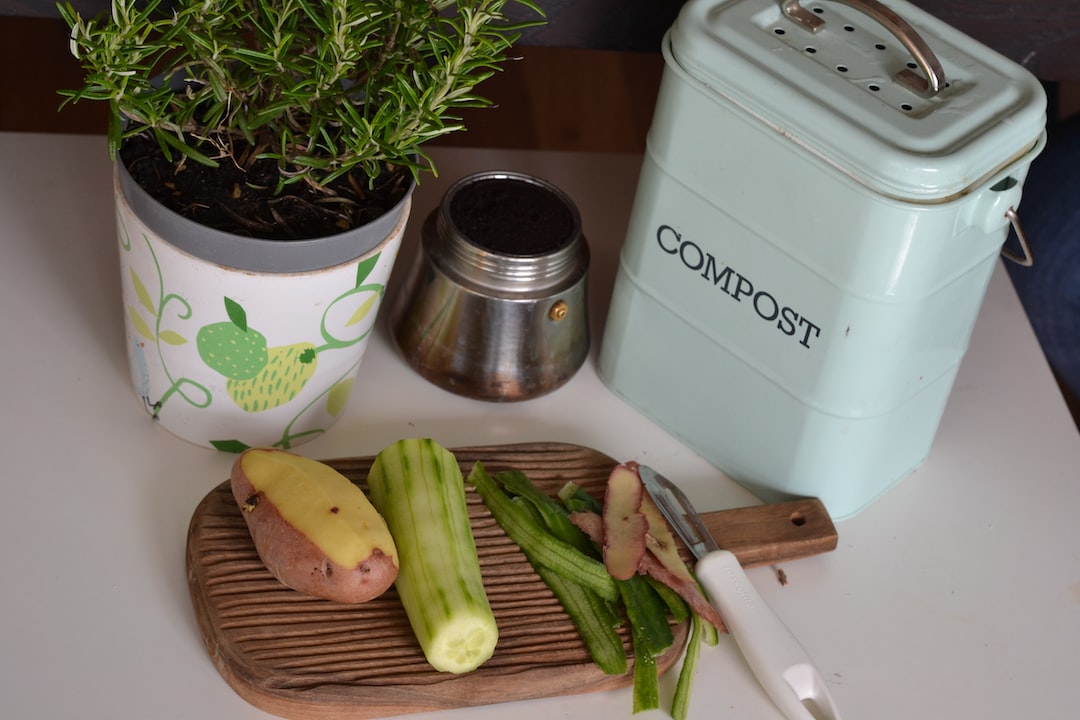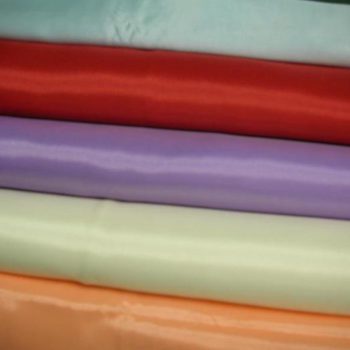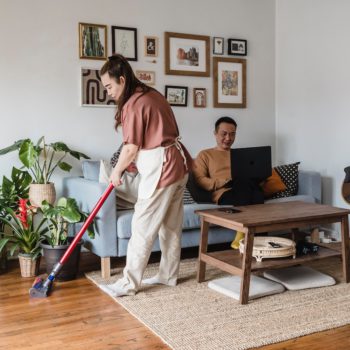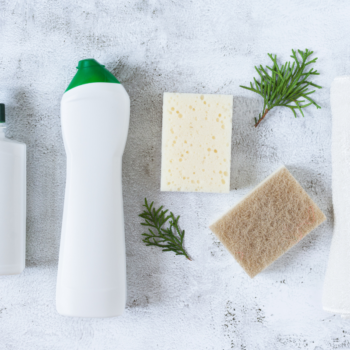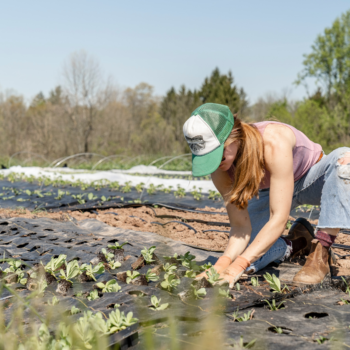|
|
Composting is a process that transforms organic waste into nutrient-rich compost, enhancing soil quality and promoting healthy plant growth. This transformation is driven by microorganisms, such as bacteria and fungi, in the presence of oxygen and moisture. Composting is a sustainable way to manage waste and reduce the amount of trash sent to landfills.
Composting at home can contribute to a greener lifestyle and positively impact the environment. In this article, we’ll explore some common household items that you can safely compost to enrich the top layer of the soil in your garden or compost pile.
What is Composting and How Does it Work?
Understanding the Composting Process
A lot of our trash is made up of things that come from plants and animals, like food scraps, leaves, and more. Instead of throwing these things away, we can turn them into something good for the soil by composting.
Composting is like nature’s recycling system. It’s the way stuff from plants and the kitchen breaks down naturally. When you compost, food scraps, leaves, and old plant parts turn into a special dirt called compost. Microscopic creatures, like bacteria and fungi, help by eating the stuff and turning it into simpler things.
Imagine your compost pile or bin as a big salad with brown leaves, green veggies, and a little sprinkle of water and air. Over time, it all mixes and turns into fantastic compost you can use in your garden.
To make compost, you need to mix things with lots of carbon (like dry leaves or cardboard, the “browns”) and things with lots of nitrogen (like food scraps or fresh grass, the “greens”). You also need to keep it airy and moist.
The Benefits of Composting
Composting offers many advantages for both the environment and your garden:
- Reduces Greenhouse Gases: Composting diverts organic waste from landfills, which helps decrease the release of harmful greenhouse gases, like methane, that contribute to climate change.
- Decreases Chemical Use: Compost provides essential nutrients to the soil and encourages healthy soil microorganisms, reducing the need for chemical fertilizers and pesticides.
- Improves Soil Quality: Compost enhances soil structure, increases water retention, and improves drainage, resulting in healthier plants and higher yields.
Watch this YouTube video as why composting is good for the environment.
Best Practices from Leading Institutions
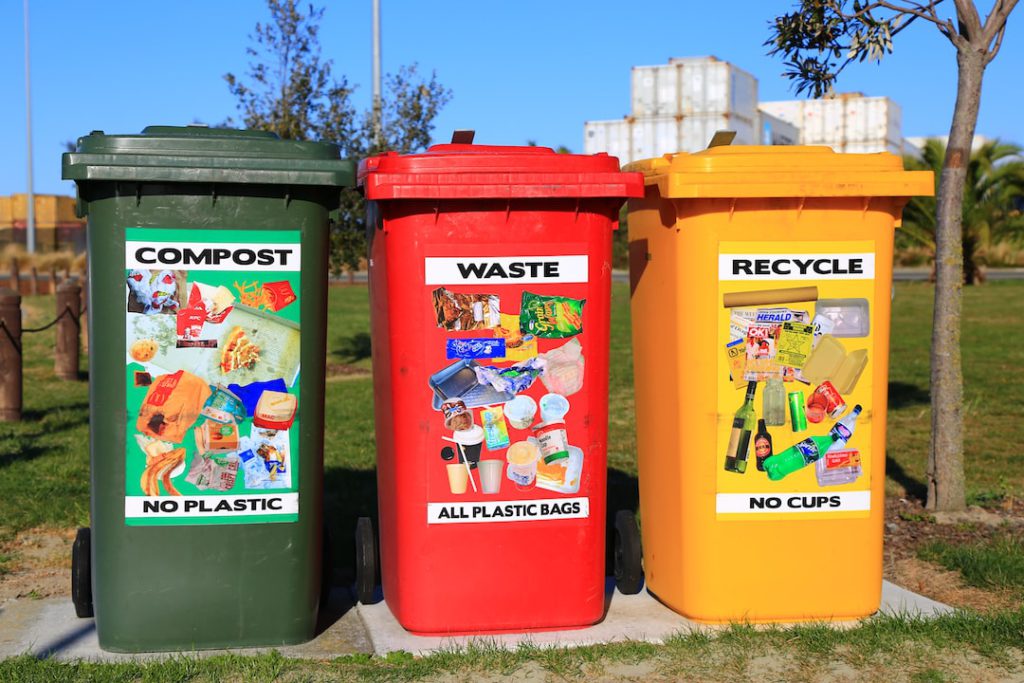
Some institutions have developed best practices for effective composting:
- U.S. Environmental Protection Agency (EPA): The EPA provides comprehensive guidance on composting at home and in communities, offering tips on composting techniques and the benefits of reducing waste.
- Rodale Institute: Known for its organic farming research, it advocates for composting as a sustainable agricultural practice. They offer resources and expertise on composting methods.
- University of California Division of Agriculture and Natural Resources: UC Davis offers guidance on composting techniques for small-scale and large-scale operations, emphasizing the importance of proper compost management.
- The Cornell Waste Management Institute: CWMI helps with this by working with many kinds of leftovers, like manure, yard and kitchen waste, and even dead things. They help different groups like families, schools, farms, towns, and businesses learn how to compost better.
These institutions promote responsible composting practices that contribute to environmental sustainability and healthier, more productive gardens.
How to Start Composting at Home
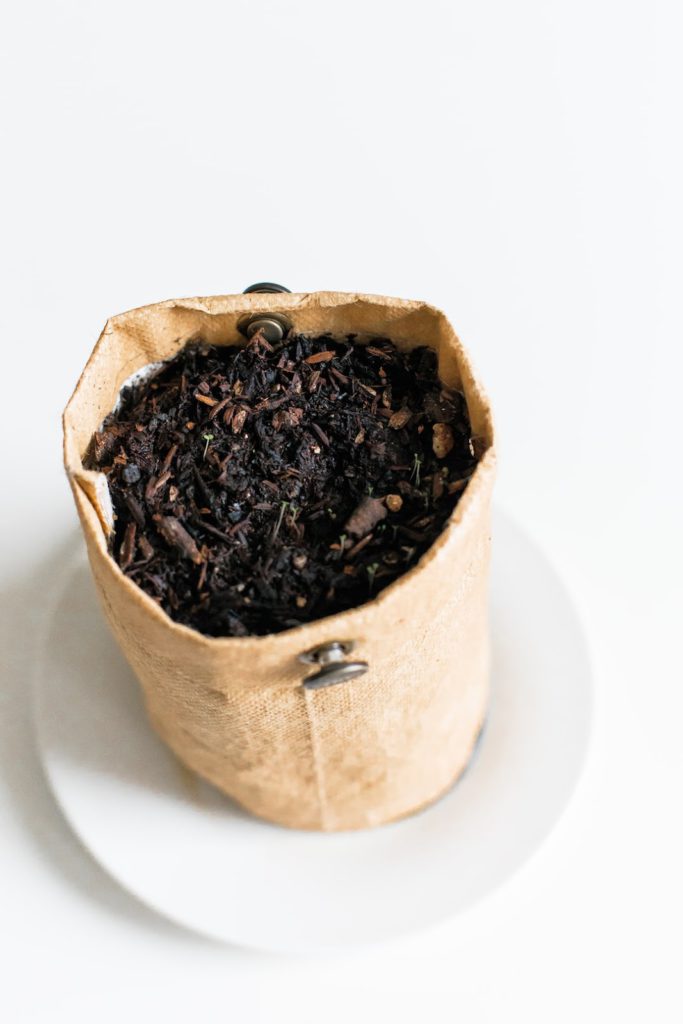
Starting a compost pile at home is relatively easy, and you can compost a wide range of organic materials. Here are some steps to get you started:
- Choose a suitable location for your compost pile or bin. It should be well-drained and easily accessible.
- Select a compost bin that suits your needs. There are various options, including open bins, enclosed bins, and tumblers. Make sure the bin allows for proper aeration and drainage.
- Add a “brown” layer to the compost bin’s bottom. This could include dried leaves, straw, or shredded newspaper. Aim for a ratio of roughly three parts “browns” to one part “greens.”
- Add your “green” materials, such as fruit and vegetable scraps, coffee grounds, and grass clippings, to the “brown” layer.
- Continue layering “browns” and “greens” materials, making sure to mix them as you go. This will promote the breakdown of the organic matter and speed up the composting process.
- Keep the compost moist, like a damp sponge, by watering it regularly. This will help the microorganisms thrive and facilitate decomposition.
- Avoid adding dairy products, meat, or oily food scraps to your compost pile, as these can attract pests and slow down the composting process.
- Turn the compost pile with a pitchfork or shovel every few weeks to aerate it and promote even decomposition. This will also help speed up the composting process.
- the organic materials will break down into dark, crumbly compost after several months. This indicates that it is ready to be used in your garden.
What Can be Composted in a Home Composting Bin?
By knowing which materials are suitable for your home composting bin, you can not only divert organic waste from landfills but also produce valuable compost to enrich your potting soil. In this guide, we’ll explore a wide range of items you can safely add to your home composting bin, turning them into a valuable resource for your garden and reducing your environmental footprint.
Organic Materials Suitable for Composting
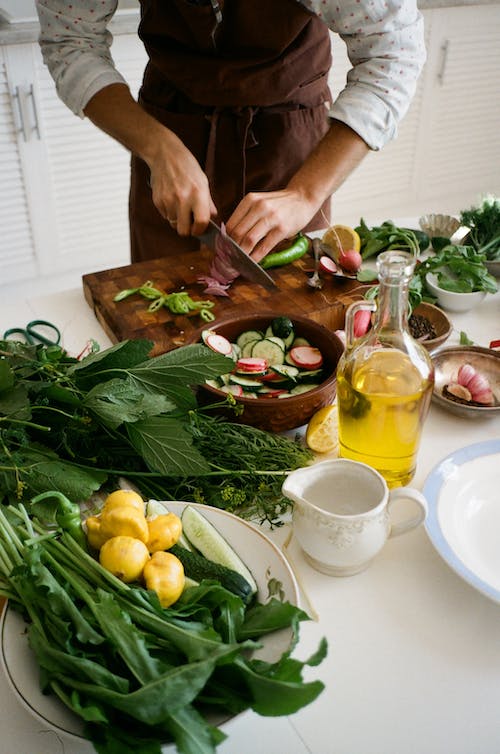
A wide range of organic materials can be composted in a home composting bin. These include:
- Fruit and vegetable scraps
- Coffee grounds and filters
- Tea bags
- Eggshells
- Grass clippings
- Leaves
- Plant trimmings
- Straw and hay
- Shredded newspaper
- Wood chips
- Sawdust
Using a Compost Bin for Home Composting
A compost bin is crucial for successful home composting, as it serves as the home for your composting materials, creating the ideal conditions for decomposition. Various types of compost bins are available, each with its unique advantages. Here’s a breakdown of the different options:
- Open Bins: These are affordable and straightforward. You can make them from materials like wooden pallets or wire mesh. Open bins offer easy access and excellent airflow, ensuring your compost pile gets the oxygen and drainage it needs.
- Enclosed Bins: These bins provide a more controlled and tidy composting environment. Typically made of plastic with a lid to keep pests out, they’re suitable for smaller spaces, such as patios or balconies, and are an excellent choice for those looking for a neater composting solution.
- Compost Tumblers: A compost tumbler is a great option to simplify turning your compost pile. It’s a rotating bin that makes mixing and aerating your materials easy. This design speeds up the decomposition process, resulting in quicker compost production.
Choosing the right compost bin depends on your available space and personal preferences, so consider your needs when deciding which type of bin to use for your home composting journey.
How to Utilize Finished Compost
Finished compost is a treasure trove of benefits for your garden. It’s a nutrient-rich resource that can be harnessed in several valuable ways:
- Soil Enrichment: Mix your compost into your garden beds or pots. It is a superb soil amendment, enhancing soil structure, increasing moisture retention, and improving drainage. Your plants will thrive in this enriched environment.
- Weed Control and Moisture Retention: Spread a layer of compost as mulch around your plants. Not only does it discourage weed growth, but it also helps your soil retain moisture and moderates temperature fluctuations. Your garden will thank you with healthier, more resilient plants.
- Boosting Container Plants: Blend compost with potting mix to create a nutrient-packed growing medium for container plants. Your potted plants will receive a steady supply of essential nutrients, promoting robust growth and vibrant blooms.
- Natural Liquid Fertilizer: Harness the power of compost by steeping it in water to create nutrient-rich compost tea. This liquid fertilizer is a gift to your garden. Use it to water your plants or apply it as a foliar spray, giving your green friends an organic, nutrient-packed boost.
Unlock the full potential of your finished compost and watch your garden thrive thanks to this natural, nutrient-rich gift from your compost pile.
Other Composting Options for Small Indoor Spaces
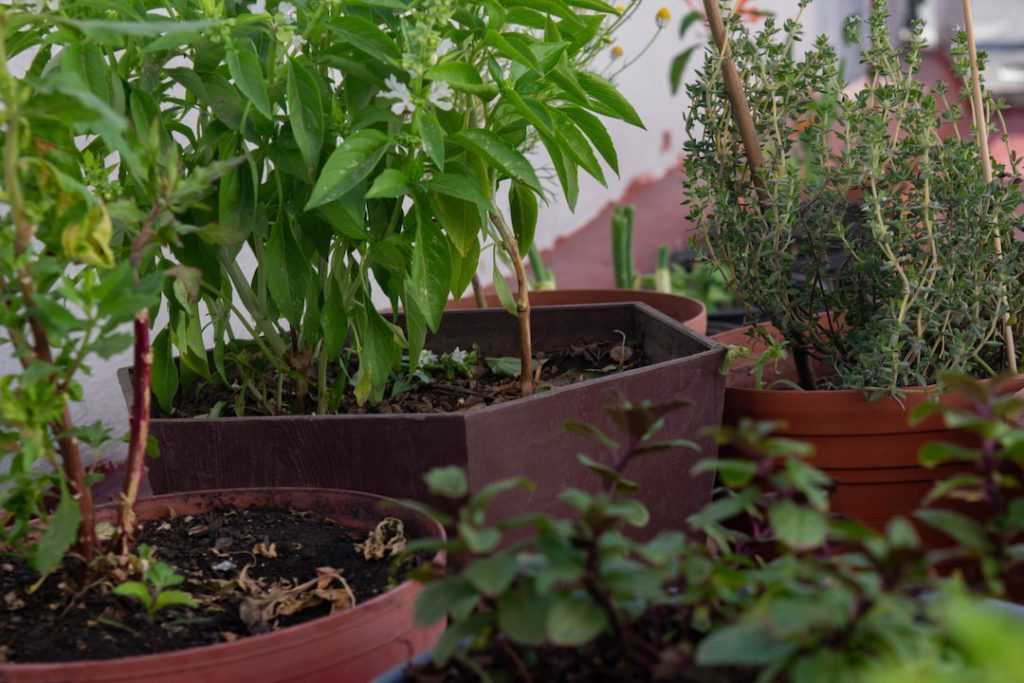
In this section, we will delve into a world of alternative composting options designed to accommodate the unique needs of small spaces. Discover how these methods empower urban dwellers and others with limited room to actively participate in composting, reducing waste, and enriching the soil, all on a smaller scale.
Exploring Worm Composting
Worm composting, or vermicomposting, is ideal for those with limited space. It involves using special worms like red wigglers to break down organic materials into nutrient-rich worm castings. To start a worm composting system, you will need a worm bin with moist bedding, organic waste, and a population of worms. The worms will feed on the organic matter and produce vermicompost, which can be used as a soil amendment or plant fertilizer.
Tips for Composting in Small Apartments
If you live in a small apartment, you can still compost your organic waste. Here are some tips for composting projects in small spaces:
- Use a small-scale compost bin or a composting system for apartment dwellers.
- Opt for worm composting, as it requires minimal space and produces no odor.
- Compost kitchen scraps using a bokashi system, which uses beneficial bacteria to ferment organic waste in a sealed container.
- Consider community composting options, such as communal compost bins or local composting programs.
Composting with Limited Outdoor Space
If you have limited outdoor space, you can still compost using the following methods:
- Utilize a small compost bin or a compost tumbler that can fit in a tight spot, such as on a balcony or patio.
- Make use of vertical space by using a composting system that stacks or hangs, such as a worm tower or hanging bag compost.
- Collect and store kitchen scraps in an airtight container in your freezer until you are ready to compost.
- Consider community composting options, such as shared compost bins or drop-off sites.
Frequently Asked Questions
Composting is breaking down organic material, such as food scraps and yard waste, into a nutrient-rich material for garden use.
Composting works by providing the right conditions for organic material to decompose. This includes a mixture of green and brown materials, oxygen, and moisture. Over time, beneficial microorganisms break down the organic matter into finished compost.
You can safely compost a variety of household items, including fruit and vegetable scraps, coffee grounds, tea leaves, eggshells, yard waste such as leaves and grass clippings, and shredded paper.
It is best to avoid composting meat, dairy, and oily food waste in a home compost pile. These materials can attract pests and create odors. However, you can compost them using specialized composting methods such as worm composting or in-vessel composting.
Turning your compost pile is not necessary, but it can help speed up the composting process. Turning the pile helps to aerate it, ensuring that the organic materials decompose evenly.
The time it takes for compost to be ready varies depending on the composting methods used, the types of materials composted, and the environmental conditions. On average, compost can take a few months to a year to fully mature and ready to use.
Compost can be used in various ways in your garden. Mix it into the top of the soil in few inches of soil to improve its fertility and structure. It can also be used as a mulch to help retain moisture and suppress weeds. Additionally, you can make compost tea by steeping compost in water and using it as a liquid fertilizer.
Composting has several benefits. It helps divert waste from landfills, reduces greenhouse gas emissions, enriches soil with nutrients, improves soil structure and water retention, and reduces the need for chemical fertilizers.
Backyard composting is a great way to compost at home. It is relatively easy and requires minimal equipment. All you need is a compost bin or pile, the right mix of organic materials, and a little time and patience.
Yes, composting can be done on a larger scale as well. There are composting facilities that accept organic waste from both households and businesses. These facilities use advanced composting methods to process large amounts of organic material into nutrient-rich compost.
Conclusion
As we wrap up our journey through the world of compostable household items, we hope you’re feeling inspired and equipped to embark on your composting adventure. Remember, composting is not just about reducing waste; it’s a powerful way to nourish the earth, promote sustainable living, and connect with the incredible life cycle.
Whether tossing in kitchen scraps, coffee grounds, or those fallen leaves from your garden, every contribution to your compost pile brings you one step closer to greener, more eco-friendly living.
So, as you start composting or refining your existing practice, embrace the rewarding journey of turning your daily waste into a valuable resource for your garden and the planet. And don’t forget, nature’s recycling system is always ready to lend a helping hand – happy composting!
